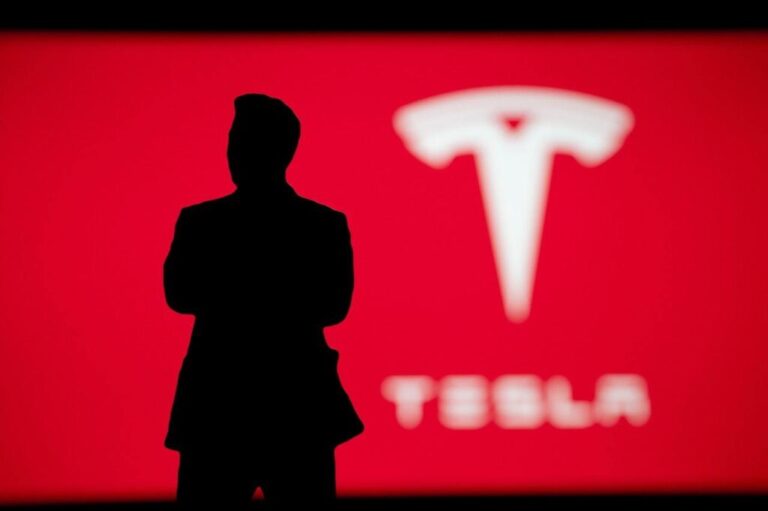Tesla (NASDAQ: TSLA) is set to report its quarterly earnings on October 22, 2025, following a turbulent year marked by declining sales.
The company is expected to report a revenue of $26.27 billion, a 4% increase from the previous year. Analysts predict adjusted earnings per share (EPS) of $0.53, equating to an EBITDA of $3.78 billion.
The earnings report will come on the heels of a record-breaking quarter, with Tesla delivering 497,000 vehicles, well above expectations. However, the expiration of the federal EV tax credit on September 30 remains a concern, with analysts watching for any insights into how Tesla plans to sustain growth without this incentive.
Investors will also be keen on updates regarding Tesla’s Robotaxi program, particularly any developments on removing safety drivers from its autonomous fleet. Additionally, news on the rollout of more affordable versions of the Model Y and Model 3, as well as production milestones for the Cybertruck, will be closely watched.
Meanwhile, Tesla’s stock has surged 93% over the past month, reaching $439.31, raising questions about whether the company’s high valuation can be maintained post-earnings.

Regarding the stock’s reaction, Finbold consulted OpenAI’s ChatGPT model on whether the equity could reach the $500 mark.
TSLA stock price post-earning prediction
Based on Tesla’s current performance and market dynamics, ChatGPT estimates the odds of the stock hitting $500 in the short term at roughly 35%. The model suggested a most likely near-term post-earnings range of $425 to $480, balancing optimism from strong Q3 results with concerns over future demand.
Looking further ahead, the AI model indicated a medium-term range of $460 to $510 if Tesla delivers stronger-than-expected guidance and maintains demand momentum.
Conversely, a more cautious scenario could see the stock retracing to $400 and $430, underscoring the tightrope Tesla must walk in a maturing global EV market.

Tesla stock fundamentals
Notably, Tesla’s recent gains have been fueled by several factors, including full-capacity factory operations, gross margins expected to recover to around 18%, and net income projected near $1.9 billion.
Investor sentiment has also been lifted by CEO Elon Musk stepping back from the political spotlight, allowing focus to shift back to operational execution and the product roadmap. At the same time, investors are looking ahead to Tesla’s shareholder meeting on November 6, where Musk’s $1 trillion pay package will be voted on.
However, structural challenges persist. The expiration of the $7,500 US federal EV tax credit may soften demand, while growing competition from low-cost Chinese manufacturers like BYD and NIO, as well as European legacy automakers, could pressure margins.
Rising input costs and continued discounting to defend market share further temper expectations for an immediate post-earnings spike to $500.
Featured image via Shutterstock










